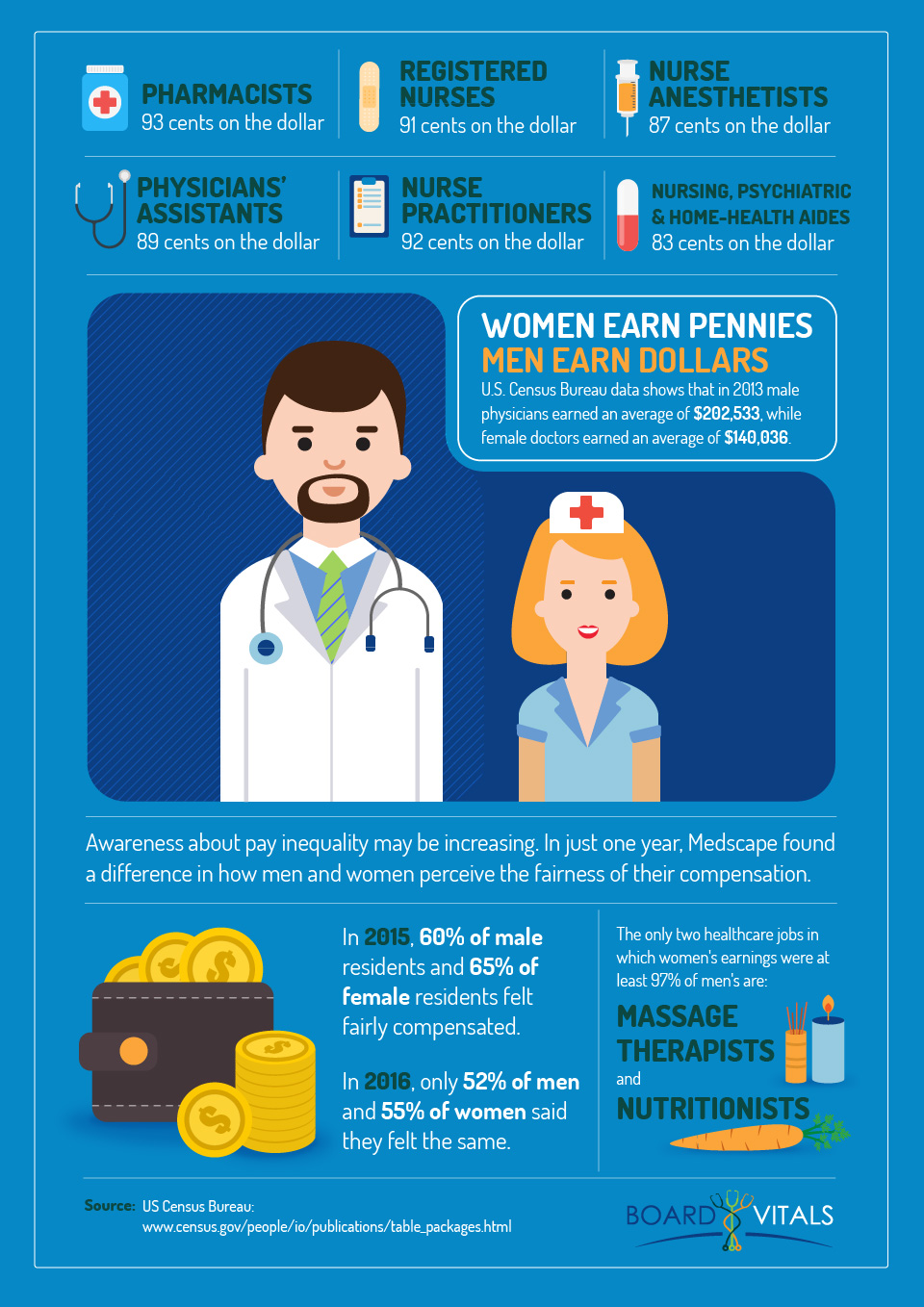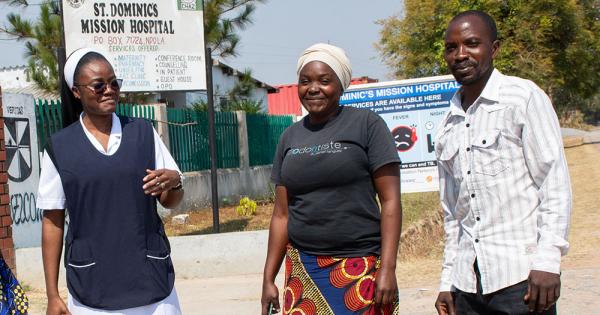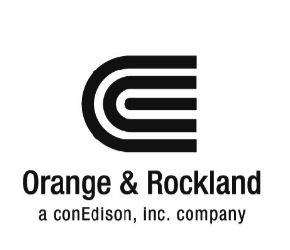How Social Determinants of Health Affect Patient Care – Medscape

Report on Social Determinants of Health in Pediatric Dermatology and Alignment with Sustainable Development Goals
A report from the Society for Pediatric Dermatology (SPD) 2025 Annual Meeting highlights the critical impact of social determinants of health (SDoH) on pediatric dermatological care. The findings underscore the necessity for healthcare providers to integrate strategies that align with the United Nations Sustainable Development Goals (SDGs) to address health disparities and improve patient outcomes.
The Challenge to SDG 3 (Good Health and Well-being) and SDG 10 (Reduced Inequalities)
Dr. Sarah Coates of the University of California, San Francisco, emphasized that nonmedical factors are significant barriers to achieving good health and reducing inequalities in pediatric dermatology. These social determinants often have a greater impact on patient well-being than clinical interventions alone.
A case study was presented to illustrate the profound effect of these determinants:
- Subject: A 10-month-old boy with atopic dermatitis.
- Social Conditions: The family faced eviction following parental job loss and was residing in an emergency shelter.
- Barriers to Care:
- Lack of access to a private bathtub and laundry facilities.
- Transportation difficulties leading to missed appointments.
- Inability to afford over-the-counter (OTC) treatments.
This case exemplifies how SDoH directly contribute to health disparities, undermining the core principles of SDG 3 and SDG 10.
Socioeconomic Pressures and Their Impact on Health Goals
Addressing SDG 1 (No Poverty) and SDG 11 (Sustainable Cities and Communities)
The report identifies specific socioeconomic factors that exacerbate dermatological conditions, directly conflicting with goals for poverty reduction and sustainable communities. Severe atopic dermatitis is strongly correlated with:
- Lower socioeconomic status
- Single-mother households
- Lower parental education
- Poor parental health
- Dilapidated housing
The financial burden on families is a primary concern related to SDG 1. The cost of essential emollients, which are not covered by Medicaid formularies in most states, can range from $35 to over $300 per month. This economic strain forces families to choose between treatment and other basic needs.
A Framework for Action: Integrating SDGs into Clinical Practice
To address these challenges, a framework from the National Academies of Sciences, Engineering, and Medicine was proposed. This model provides actionable steps for clinicians to integrate social awareness into patient care, thereby advancing multiple SDGs.
- Awareness: Identify the social risks and assets of patients and populations. This step is fundamental to recognizing and working to reduce inequalities (SDG 10).
- Adjustment: Alter clinical care plans to accommodate identified social barriers. This directly supports the goal of ensuring healthy lives and well-being for all (SDG 3).
- Assistance: Connect patients with social care resources to mitigate social risks. This action contributes to poverty reduction (SDG 1) and supports community well-being (SDG 11).
Practical Interventions to Promote Health Equity
Two key areas for intervention were identified to make immediate progress toward health equity.
- Cost Mitigation (SDG 1): Clinicians can alleviate financial pressures by recommending affordable, store-brand emollients over more expensive name brands, making essential care more accessible to low-income families.
- Improving Health Literacy (SDG 4: Quality Education): Low health literacy is linked to poor adherence and outcomes. Providers are urged to use simple, clear language and avoid medical jargon. For example, atopic dermatitis can be explained as: “Your child has an itchy rash called eczema. This makes the skin red, dry, and scaly. We cannot make it go away and stay away forever, but we have creams that can heal it. If these don’t work, we can try medicines that go throughout the entire body.” This approach ensures that crucial health information is accessible, supporting the principles of quality education and reducing health inequalities.
SDGs Addressed in the Article
SDG 1: No Poverty
- The article directly addresses poverty through the case study of a family who was evicted after a job loss, forcing them to live in an emergency shelter. Their financial situation prevents them from affording necessary over-the-counter (OTC) treatments for their child’s atopic dermatitis, highlighting the link between economic instability and access to basic health necessities.
SDG 3: Good Health and Well-being
- The core subject of the article is health, specifically the impact of nonmedical factors on dermatologic conditions in children. It discusses the challenges in treating atopic dermatitis due to issues like lack of access to care, unaffordable medications, and low health literacy, all of which are barriers to achieving good health and well-being.
SDG 10: Reduced Inequalities
- The article explicitly focuses on “health disparities” and the need to “improve health equity.” It highlights how social determinants such as “lower socioeconomic status, single-mother households, lower parental education… and dilapidated housing” contribute to more severe health outcomes for certain populations, thus addressing the goal of reducing inequalities.
SDG 11: Sustainable Cities and Communities
- The article connects health outcomes to living conditions. The case study mentions the family was “evicted from their home” and is “living in an emergency shelter.” Furthermore, it states that “dilapidated housing” is a social determinant that contributes to more severe cases of atopic dermatitis, linking directly to the need for adequate and safe housing.
Specific SDG Targets Identified
Target 1.4: Ensure that all men and women, in particular the poor and the vulnerable, have equal rights to economic resources, as well as access to basic services…
- This target is relevant as the article describes a family that, due to poverty, cannot afford basic OTC treatments and has “no access to privacy, a bathtub, and laundry facilities” in their shelter. This demonstrates a lack of access to both economic resources and basic services essential for health.
Target 3.8: Achieve universal health coverage, including financial risk protection, access to quality essential health-care services and access to safe, effective, quality and affordable essential medicines and vaccines for all.
- The article highlights failures in achieving this target. The family’s inability to afford treatments, with costs ranging from “$35 to almost $320 a month,” and the fact that “Medicaid formularies in only three states cover bland emollients,” points directly to a lack of financial risk protection and access to affordable essential medicines.
Target 10.2: By 2030, empower and promote the social, economic and political inclusion of all, irrespective of… economic or other status.
- The article’s central theme is that social and economic status directly impacts health outcomes, leading to disparities. The call for clinicians to be aware of and adjust for social risks is a direct attempt to counteract the exclusion and negative health consequences faced by vulnerable populations due to their economic status.
Target 11.1: By 2030, ensure access for all to adequate, safe and affordable housing and basic services…
- The case of the family being evicted and living in an emergency shelter, combined with the statement that “dilapidated housing” worsens atopic dermatitis, directly relates to this target. It shows how the lack of adequate and safe housing is a critical health issue.
Indicators Mentioned or Implied
Indicator for Target 3.8: Proportion of population with large household expenditures on health as a share of total household expenditure or income.
- This is implied by the article’s statement that families can spend “$35 to almost $320 a month on these products [emollients].” For a low-income family, this represents a large portion of their household expenditure, indicating a high financial burden for essential health products.
Indicator for Target 3.8 / 10.3: Proportion of health facilities that have a core set of relevant essential medicines available and affordable on a sustainable basis.
- The article implies this indicator by noting that “Medicaid formularies in only three states cover bland emollients.” This specific data point can be used to measure the availability and affordability of essential dermatological medicines within public health systems.
Indicator for Target 10.2 / 11.1: Proportion of population living in inadequate housing conditions.
- This is directly referenced in the case study of the family “living in an emergency shelter” and the general statement that “dilapidated housing” is a key social determinant of health. The housing status of patients is presented as a critical factor to assess.
Indicator for Target 3.8: Health literacy rates.
- The article identifies “low health literacy” as a significant issue associated with “reduced adherence, increased emergency visits, and poor outcomes.” It suggests an intervention: explaining conditions simply and avoiding medical jargon. This implies that measuring and improving health literacy is a key metric for progress.
Summary of Findings
| SDGs | Targets | Indicators |
|---|---|---|
| SDG 1: No Poverty | Target 1.4: Ensure access to basic services and economic resources for the poor and vulnerable. | The inability of a family living in an emergency shelter to afford basic over-the-counter treatments. |
| SDG 3: Good Health and Well-being | Target 3.8: Achieve universal health coverage, including financial risk protection and access to affordable essential medicines. | – Household expenditure on essential medicines (families spending “$35 to almost $320 a month”). – Low health literacy rates leading to poor outcomes. – Limited coverage of essential emollients by state Medicaid programs (“in only three states”). |
| SDG 10: Reduced Inequalities | Target 10.2: Empower and promote the social and economic inclusion of all. | Prevalence of severe health conditions (atopic dermatitis) correlated with socioeconomic factors like low income, parental education, and housing status. |
| SDG 11: Sustainable Cities and Communities | Target 11.1: Ensure access for all to adequate, safe and affordable housing. | Proportion of the patient population living in inadequate housing (e.g., “emergency shelter,” “dilapidated housing”). |
Source: medscape.com

What is Your Reaction?
 Like
0
Like
0
 Dislike
0
Dislike
0
 Love
0
Love
0
 Funny
0
Funny
0
 Angry
0
Angry
0
 Sad
0
Sad
0
 Wow
0
Wow
0















































































